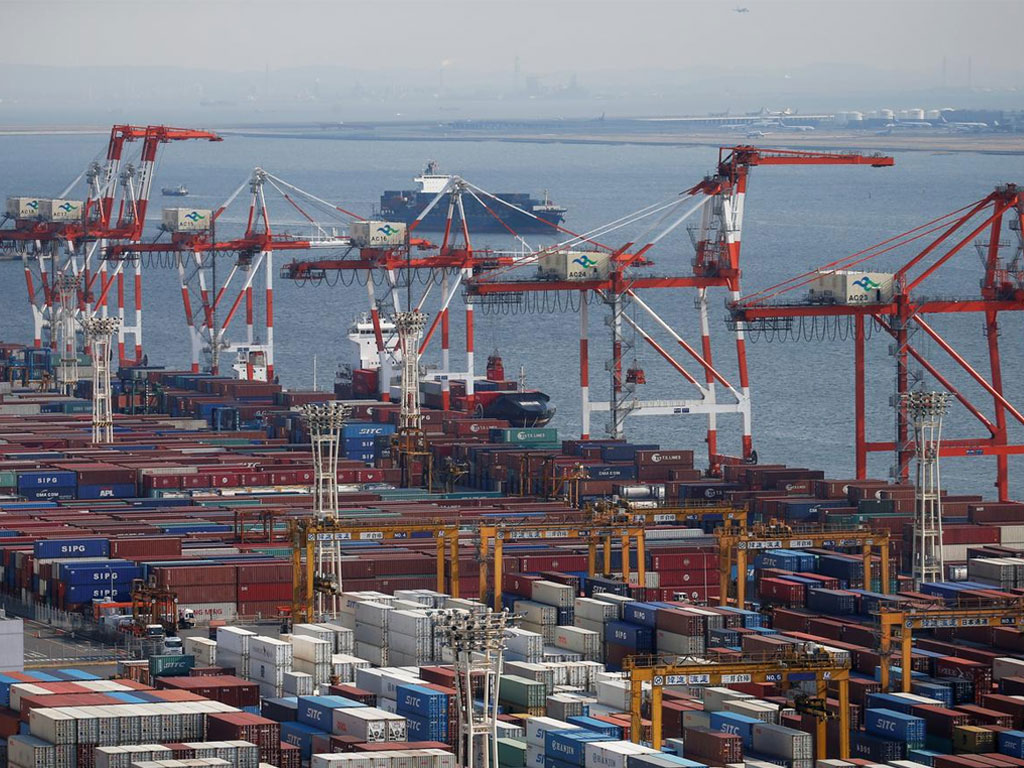 Pakistan and China have just broken ground on a brand new free trade deal, allows competitive market access for both countries across thousands of product lines. Pakistan’s potential exports—as quoted by the Advisor to the PM, Razzak Dawood—are somewhere between $4 and $6 billion. These are certainly precious dollars Pakistan needs, but it would seem our existing strategy is rather restricted. In fact, if we were to spread our wings a little, a trade deal with China could have multiplicative effects on Pakistan’s exports, not only in dollar value but in terms of markets.
Pakistan and China have just broken ground on a brand new free trade deal, allows competitive market access for both countries across thousands of product lines. Pakistan’s potential exports—as quoted by the Advisor to the PM, Razzak Dawood—are somewhere between $4 and $6 billion. These are certainly precious dollars Pakistan needs, but it would seem our existing strategy is rather restricted. In fact, if we were to spread our wings a little, a trade deal with China could have multiplicative effects on Pakistan’s exports, not only in dollar value but in terms of markets.
There is certainly a lot of attention of researchers and policymakers in understanding and gaining access to the mammoth market that China represents, and that cannot be discounted. This work is certainly important because even though exports grew substantially in the previous FTA, the deal left much to be desired in terms of Pakistani industries reaching their export potential. But a 10-year deal with China should stand for slightly more. For starters, policymakers have to start viewing imports (and researchers have to start studying imports) as a strategic tool to not only bring down costs of production for domestic producers but to also consider a whole new range of value-added products Pakistani industries could be manufacturing—using Chinese inputs or intermediary goods (read more: “Examining Pakistan-China FTA’s vital signs”, Jan 17, 2020).
On a similar trajectory, Pakistan needs to think about gaining access to more markets, and leveraging existing linkages with other economies while using the China FTA. A classic example is Pakistan's access to the European Union markets through the concessional GSP plus status. Though Pakistani textile and garments have found a promising market in Europe, where Pakistan enjoys 10-14 percent duty advantage over other competitors (Vietnam, China, India etc.), there is a wide range of products including leather, footwear, sportswear, surgical instruments, plastics, agri products, processed food etc. which Pakistan could be gaining exports share in.
Even within textile, it is evident that Pakistan needs to penetrate the global synthetics products market which have overtaken cotton. In fact, synthetic or man-made fibers (MMF), particularly polyester staple fibre (PSF) has substantially replaced cotton-based fiber production. But Pakistan has not climbed the bandwagon and as a result is limiting itself to only some products. There is heavy protection in Pakistan against PSF and synthetic fibers for the local polyester industry—that remains underdeveloped. In fact, there are anti-dumping duties in place on synthetic textiles inputs by major suppliers including China.
A special report published by the SBP argued: “Just a rough comparison of tariff structure on synthetic raw-material with other countries indicates that while major players in value-added exports are encouraging cheap influx of the raw material, Pakistan is still protecting its domestic value chain. Pakistan is only importing fibers and that too at a very high tariff rates compared to other countries”. Quoting Navid Hamid and Ijaz Nabi, the report says: “[this] prevent firms from diversifying their product range or reaching out to new high-end clients”.
That is one product space that requires discourse and attention. There are definitely several others which may not be as controversial, which require an in-depth analysis. Researchers can be mapping product lines and spaces by comparing import concessions to China against export concessions Pakistan enjoys in the EU and other important markets. This opens the door to new investment, more diversification, potential value-addition, and even entry in to global and regional value chains. It also makes a case for Chinese industries moving to Pakistan under the Special Economic Zone (SEZ) structure or otherwise, and the targeted investment that is required there.























Comments
Comments are closed.